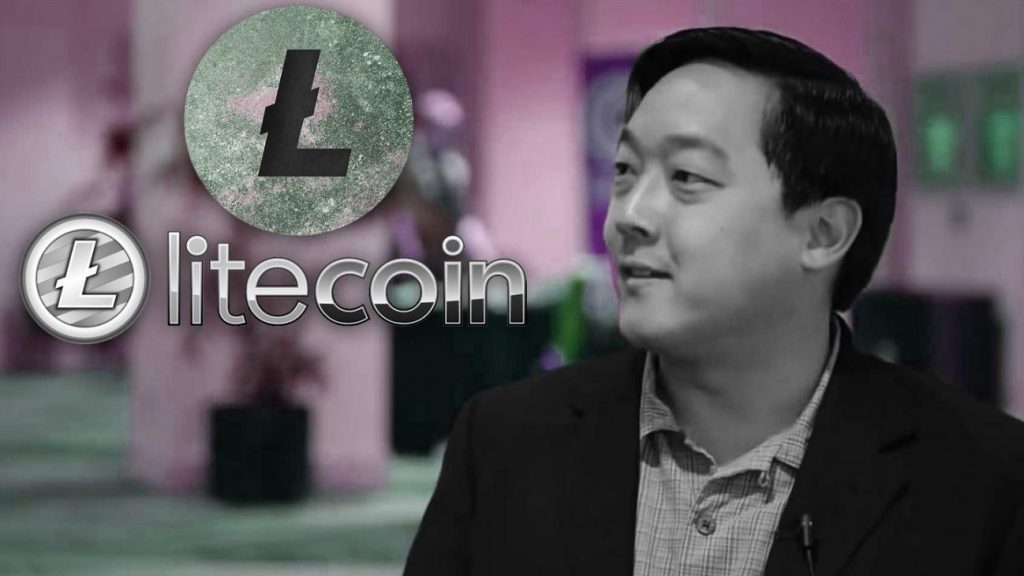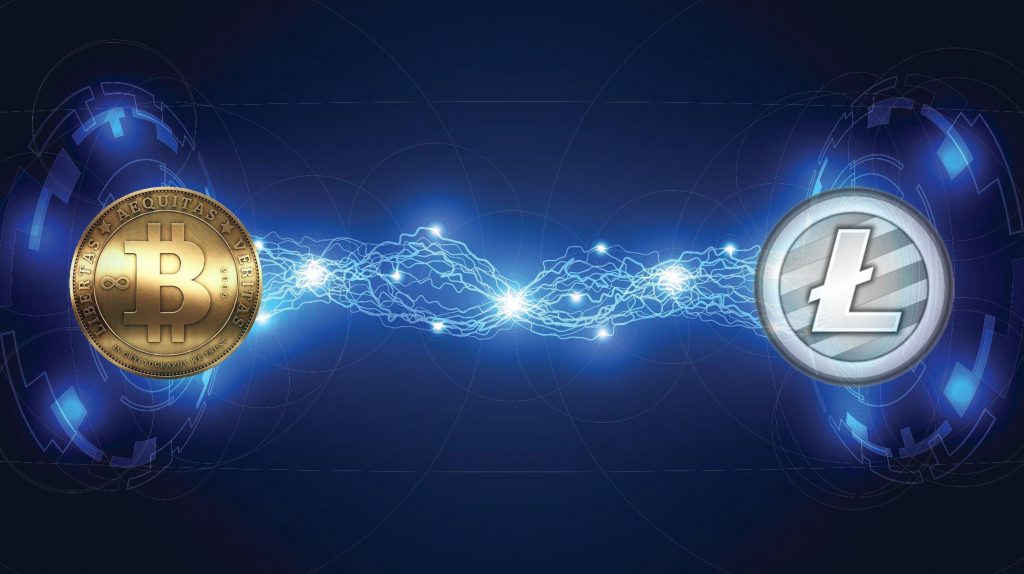Litecoin was born on October 13, 2011, from a fork of both Bitcoin and Tenebrix (little-known altcoin), in which the first tests of the Scrypt mining algorithm that Litecoin uses were performed.
Unlike Bitcoin, the origin of Litecoin is not an enigma, since it is publicly known that this platform was created by the foundation that bears the same name. We even know the face of the leader of this organization. The creator of Litecoin is Charlie Lee, a scientist of computing who is popularly known and recognized, unlike Satoshi Nakamoto, the creator of bitcoin and blockchain technology, whose identity remains an enigma.
Check out this exciting article about who Satoshi Nakamoto as written by Remitano.
“One of Litecoin’s goals is not to change what works for Bitcoin unless there is a good reason to do so. Litecoin is a direct fork of the Bitcoin source code, so there will be no new security breaches that do not affect Bitcoin as well.”


This means that these two cryptocurrencies, Bitcoin and Litecoin, are intrinsically related. Furthermore, they share the same philosophy in the crypto-world, which is why it is not surprising that after Bitcoin, Litecoin is one of the favorite cryptocurrencies for Nigerians, since like Bitcoin it works as a long-term valuation asset.
However, on the other hand, Litecoin was created as an alternative to solve Bitcoin’s scalability issues in terms of micro-payments. Even today, developers still test processes and improvements on the Litecoin platform before applying them to Bitcoin.
Examples of these are the solutions, SegWit (Segregated Witness), and Lightning Network. It could be said that Litecoin is the guinea pig of the tests before running them on the bitcoin. It is no longer a secret that Bitcoin’s main problems are associated with the scalability, especially when we talk about micro-payments.
Hence, the developers of Litecoin have implemented the improvements mentioned above. Giving that both cryptocurrencies complement each other, developers use Litecoin for testing because it is by far one of the most reliable altcoins


Let’s also remember that Charlie Lee, in the past, was a developer of Bitcoin Core and still maintains excellent relationships with the said team although articles like Lightning Network: Why It’s the Solution to Bitcoin’s Biggest Problem believe Litecoin will overtake BTC.
After implementing the improvements in Bitcoin through SegWit and Lightning Network, Bitcoin’s scalability in micro-payment issues would theoretically be “solved.” Since then, Litecoin could worry about being a major crypto-active in itself, sharing practically the same philosophy as Bitcoin, with only a slight difference. If Bitcoin is the “digital gold,” Litecoin can be the “digital silver,” as stated by the official website of the Litecoin foundation:
“Litecoin is the result of those of us who joined the Internet Relay Chat (IRC) in an effort to create a real alternative currency similar to Bitcoin. We wanted to make a coin that was to silver what Bitcoin is to gold. Various alternative currencies have come and gone. Some were innovative, but all had problems”.
What are the similarities between Bitcoin and Litecoin?
- Open Source: both software protocols are.
- Decentralized: both platforms are peer to peer (P2P) and use blockchain technology as an operating system to operate and guarantee a trade without a central authority, managing transactions, and issuing money collectively.
Click to Buy and sell cryptocurrencies in Nigeria instantly on the leading Peer-to-Peer crypto exchange in Nigeria.
- Deflationary: both platforms will issue a limited amount of monetary units, which makes them deflationary.
- Mining: both platforms use the Proof of Work as a protocol to generate new coins, with some differences that we will see later.
What are the differences between Bitcoin and Litecoin?
- Issuance of Monetary Units: The maximum issuance of Litecoin cryptocurrencies is fixed at 84 million units of LTC, unlike Bitcoin, in which there will only be 21 million BTC.
- Type of Proof of Work Algorithm: Litecoin uses the Scrypt cryptographic function, designed to make mining lighter for energy consumption, but guaranteeing security, due to the use of a large amount of memory (RAM) to avoid attacks based solely on hardware. In contrast, Bitcoin uses the SHA-256 Proof of Work algorithm, which concentrates energy and work on its crypto processing, often being branded by many detractors as a mining monopoly.
- Block confirmation time: Litecoin has an average time of two and a half minutes, unlike the ten minutes that Bitcoin takes to insert the transactions in its chain.
- Reducing the reward of miners in half: in Litecoin, it happens every 840,000 blocks. While in Bitcoin, this happens every 210,000 Blocks.
Litecoin’s potential on the Lightning Network
Charlie Lee emphasizes the enormous potential that Litecoin has within the Lightning Network, and this is because Bitcoin, even within this micro-payment accelerator, presents scalability problems, both in speed and in the cost of commissions for transaction concept, a situation that according to Lee, becomes an opportunity for Litecoin. In contrast, Litecoin’s micro-payment transactions on the Lightning Network are instantaneous and with much lower fees.
Read about the Best Litecoin Wallet in 2020| Review of Top 14 Litecoin Wallets
But, the advantages do not end here. According to Charlie Lee with the use of Litecoin within the Lightning Network, there is the option of using LTC as a vehicle currency through which atomic swaps can be made. Atomic swap is a tool that allows the conversion of a cryptocurrency into another in a decentralized way by opening interconnected payment channels between both blockchain networks.


Are BTC transactions taking a long time, and commissions are high? No problem. Open an LTC payment channel on the main network cheaply and quickly, then do an atomic exchange with BTC when you need it. This can be done in one step.
With the atomic swap, Litecoin becomes an excellent option not only as a micro-payment currency, but also to convert to Bitcoin when this is necessary instantly within the Lightning Network.
Lightning Network Fees Types
There are two types of fees on the Lightning Network:
Base Rate
The base rate is a flat rate that is charged per transaction that is routed through your node. For example, you could charge 300 satoshis, roughly 1 cent, for people who want to route payments through their node. If you’re going to route more payments, “you might decide to lower your base rate to 100 satoshis.” Each node operator in the network establishes this base rate based on what they believe their capital is worth.
That is how relative the commissions on the Lightning Network can get. The specialized micro-payments network empowers each operator, which means that prices vary according to healthy competition within the Lightning Network market.
Liquidity Provider Fee
Liquidity provider fee is a charge that you can charge based on the amount of liquidity a person uses on your channel. This charges a fee for each satoshi that is sent through your Lightning Network channel. An example would be a fee of 0.01 satoshis for each satoshi sent through your Lightning channel. If you wanted to make a 1,000 satoshis payment through your Lightning channel, you would have to pay: 1,000 x 0.01 = 10 satoshis.
Therefore, the Lightning channel’s liquidity fee would be 10 satoshis for a payment of 1,000 satoshis.
Once again, it is evident that the prices for transactions within the Lightning Network are very subjective, making it difficult to establish a universal standard. However, what is evident using these data courtesy of SuredBits is that the commissions are much cheaper than the conventional Bitcoin blockchain network.
Still, many traders are not entirely happy with BTC transaction fees, nor their speed. Therefore, it is at this point that Litecoin enters the scene because the transaction fees are much cheaper and instantaneous than with Bitcoin through the Lightning Network.
Conclusion
After studying the characteristics of Litecoin and the intrinsic relationship it has with Bitcoin, it is easy to understand why the creator of the cryptocurrency decided to make the allegory between Bitcoin and Litecoin.
After Bitcoin, Litecoin is the second-best truly decentralized digital asset in the crypto-market, which offers both economic and speed advantages over bitcoin.
Litecoin is an alternative cryptocurrency perfect for the Nigerian crypto market since it facilitates peer-to-peer trade among Nigerian traders through transaction speed and low transaction fees.






